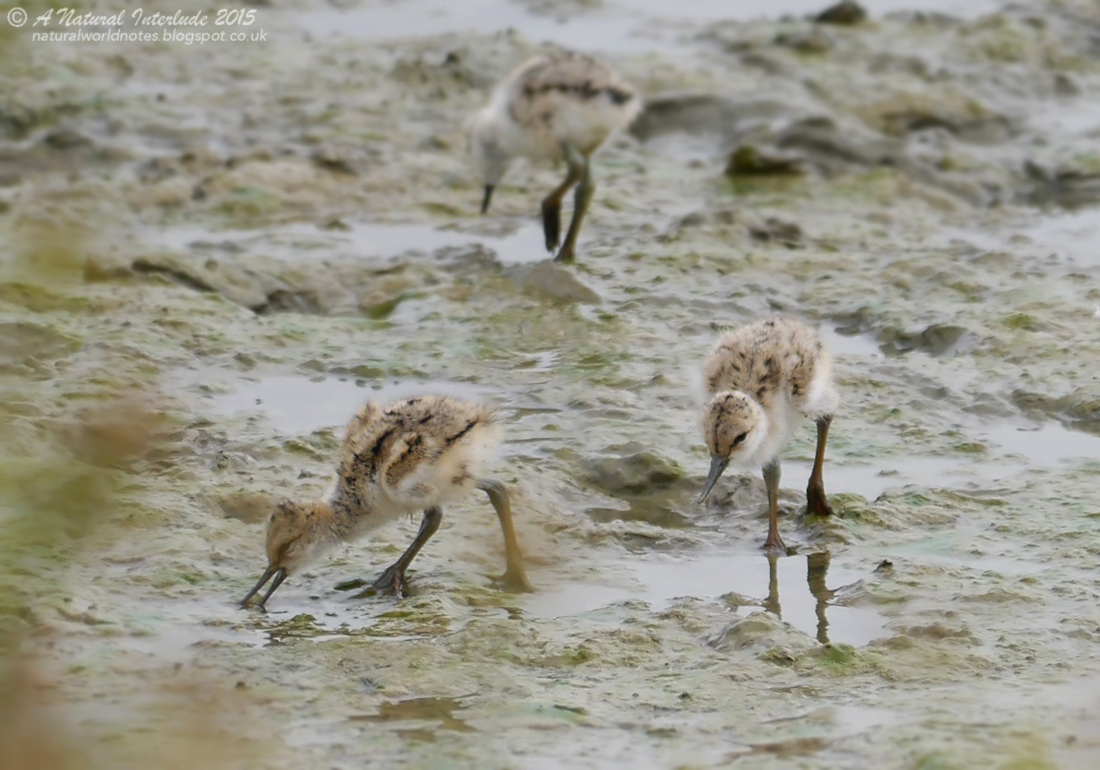Other than that, the Wild Strawberries (Fragaria vesca) were too good to resist this week. I confess, they tasted more like raspberries but perhaps they needed a few more days in the sunshine.
 |
| Left: One from the Sainsbury's bush. Right: Four from the Wild Strawberry bush |
Three species of butterfly have looked particularly stunning this week. They’re freshly emerged, pristine and energetic: Marbled Whites, Ringlets and Small Tortoiseshell. I end up shaking my head in disbelief that something so perfect is created and destroyed within such a short time frame. The opulence of nature!
(Dave James inspired the shot below when he posted THIS on Twitter - superb photo, Dave!).
 |
| Small Tortoiseshell (Aglais urticae) |
On Wednesday morning, I came across a male Lesser Whitethroat (Sylvia curruca) serenading me and any old passing female (preferably with feathers and appropriate plumage) at the SW end of the Brickworks. It’s not an easy species to see or find locally, making it all the sweeter to experience. I recorded it’s vocal and hoped that when I returned in the afternoon I might be able to get some video footage. Unfortunately, it had either shut up, or flown off, and it wasn’t there the following morning.
Whilst I’m on the subject of singing birds, it’s been quite interesting to have 2 mixed singing Willow Warblers (Phylloscopus trochilus) on BMT land this Spring. One in the chalk dell at Roughdown and one at the Brickworks. I think both birds are just good mimics, with Chiffchaffs on adjacent territory. I have tried a number of times to record each bird but sod's law applies. Every time I press record, the bird reverts to pure Willow Warbler. Every time I give up and walk away, the bird rattles off a cascading Willow Warbler refrain followed by chiming Chiffchaff notes. Flipping birds. Anyway, I finally managed to get a half decent recording of the mixed singing bird at the Brickworks recently.
Lastly a few nice moths this week: Cinnabar, Burnet Companions, a vibrant Common Purple & Gold (Pyrausta purpuralis) and 2 Triple-stripe Piercers (Grapholita compositella). I watched one Triple-stripe in action. The moth would land on large bramble leaves and then rapidly spin round in a circle, with its head at the centre. It was very odd and I can only assume that this process allowed the moth to pierce the leaf to feed on the juices? The larvae feed on Clover (Trifolium sp), where the eggs are deposited singularly on leaves.
Here's 3 semi-out-of-focus shots in the hope that quantity compensates for quality! Either way, they don't do this little 10mm moth justice. Up close, it's smart!
 |
| Triple-stripe Piercer (Grapholita compositella) |












































